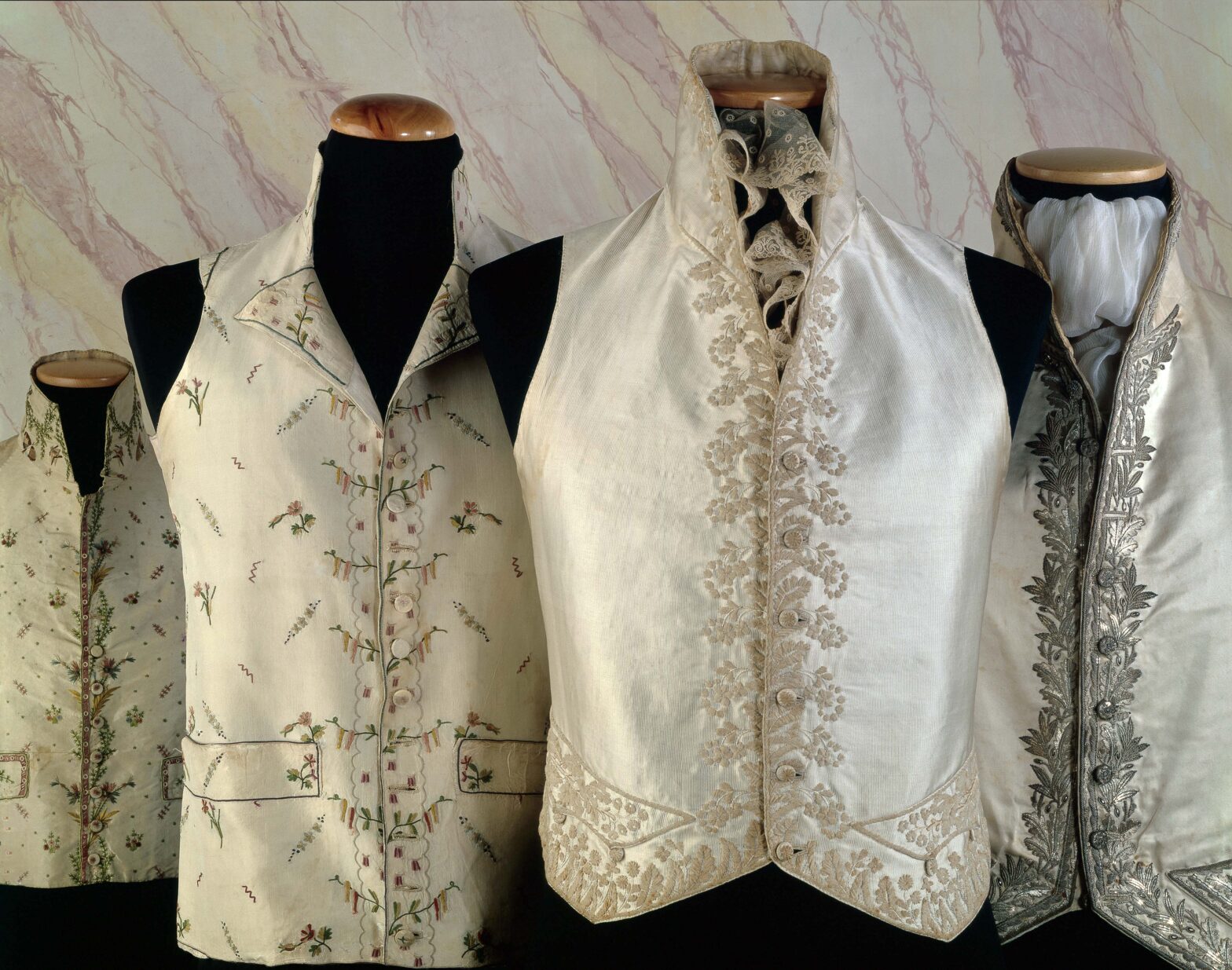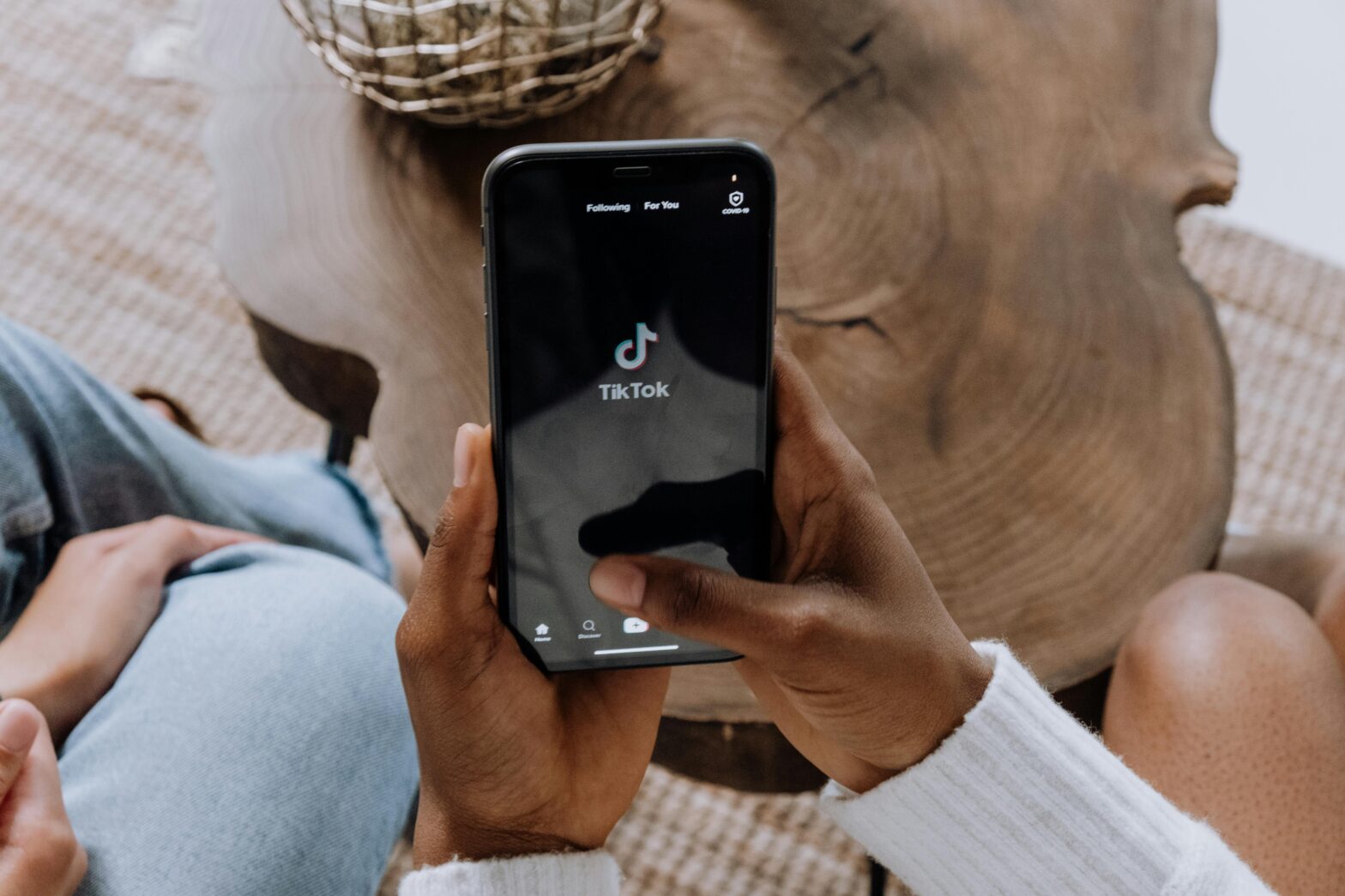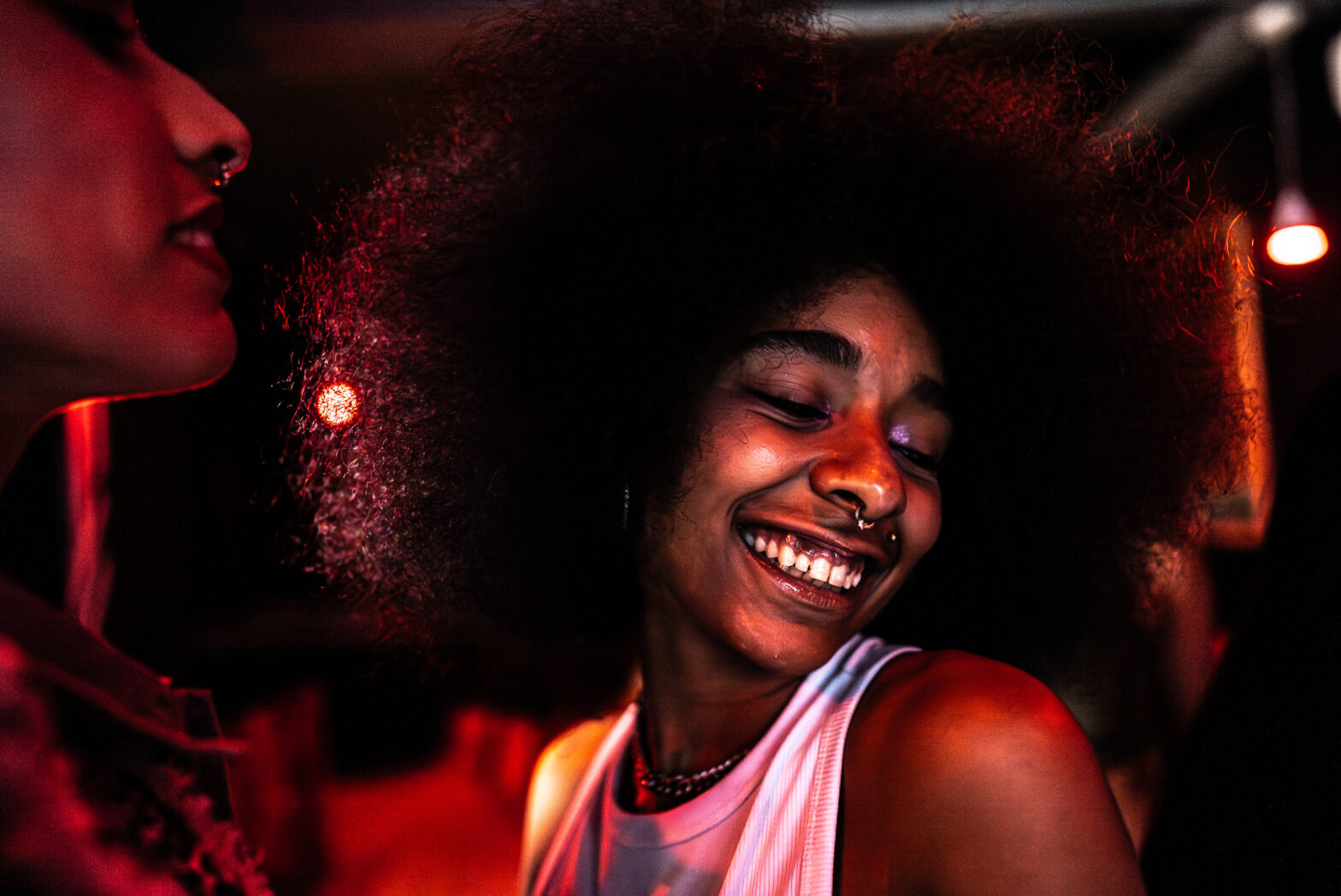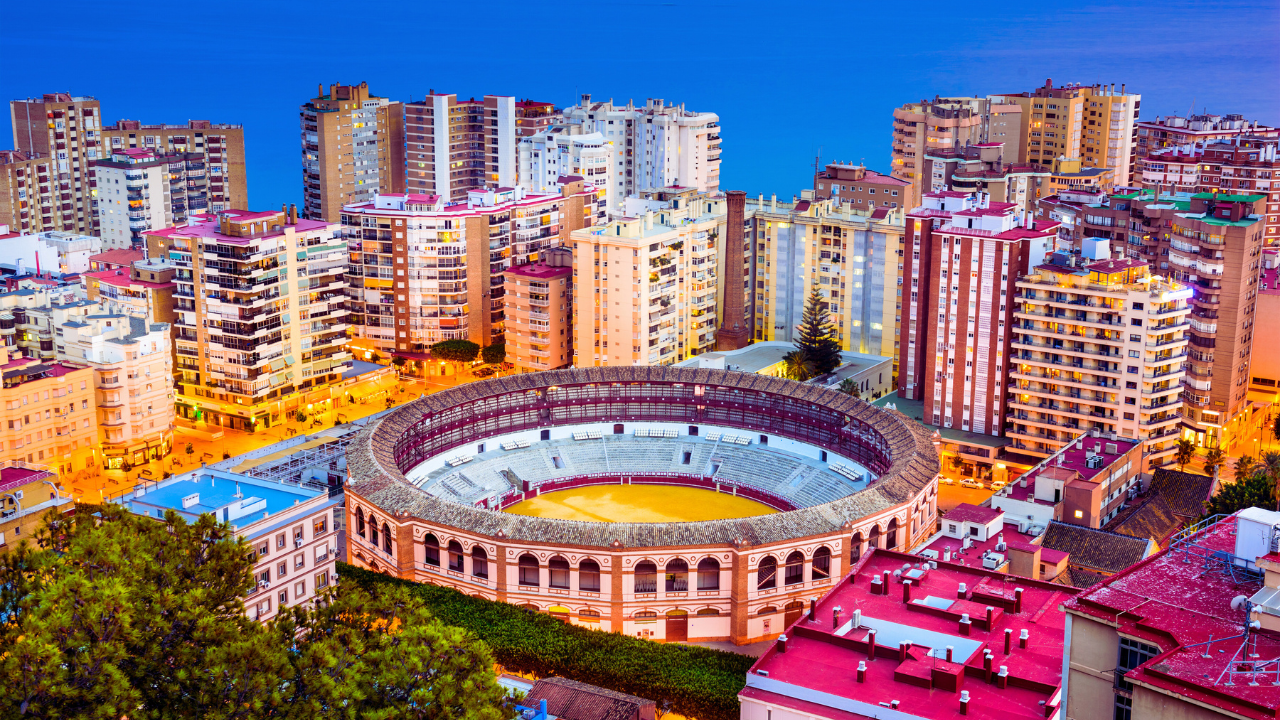In the gilded halls of London’s high society and amid the cobblestone streets of 18th-century England, a revolutionary style of dress was taking shape, one that would eventually become the theme of the 2025 Met Gala: Black dandyism. Tonight, the Met Gala unveils “Superfine: Tailoring Black Style,” a tribute to Black dandyism, a fashion movement that is as much about resistance as it is about elegance.
The London Origins
Black dandyism first emerged in Georgian London during the late 1700s, coinciding with the height of the transatlantic slave trade. Initially, this style wasn’t a choice but an imposition. Wealthy white aristocrats dressed their Black servants in elaborate, flamboyant uniforms to display their own status and wealth. These “luxury slaves” became living symbols of their masters’ prosperity.
The most famous early Black dandy was Julius Soubise, an enslaved Afro-Caribbean man brought to England who became the companion of the Duchess of Queensberry. Known for entertaining, flirting, and dressing up, Soubise sometimes wore diamond-buckled red-heeled shoes as he navigated London’s social scene. He transformed his imposed uniform into something distinctly his own.
What began as a mark of servitude became a powerful form of self-expression. Black servants started personalizing their uniforms, injecting their own style, pride, and identity. The very garments meant to signify their subordination became tools of subtle rebellion and self-definition.
West African Influences
While the form of Black dandyism originated in Europe, its spirit and aesthetic sensibilities were deeply rooted in West African traditions of adornment and self-presentation. The vibrant colors, pattern mixing, and emphasis on individual expression that characterize Black dandyism draw directly from West African cultural aesthetics.
The transformation of imposed clothing styles connects to a longer history of African diasporic resistance through fashion. When Louisiana passed the Tignon law in 1786, forcing Black women to cover their hair with a plain cloth as a mark of inferiority, these women responded by wrapping their hair “West African-gele style with brightly colored and patterned fabrics,” turning a symbol of oppression into a celebration of heritage.
Similarly, Black dandies infused European styles with an “African Diasporan aesthetic and sensibility,” creating something that was neither purely European nor purely African, but rather a powerful hybrid that spoke to the complex realities of the Black Atlantic experience.
The Caribbean Connection
The Caribbean served as a crucial geographic and cultural crossroads in the development of Black dandyism. Julius Soubise himself was Afro-Caribbean, representing how the style traveled through colonial networks. Islands like Jamaica, Barbados, and Haiti became important sites where European fashion conventions met African aesthetic traditions. This meetup created distinctive approaches to dress and self-presentation.
In these societies, where strict racial hierarchies were enforced, clothing became a potent means of challenging social boundaries. Free Black people in Caribbean port cities adopted elements of European fashion while maintaining connections to African traditions. They developed style innovations that would influence Black communities throughout the Atlantic world.
Harlem And Beyond
As Black communities formed and flourished in cities like New York, Philadelphia, and Chicago during the late 19th and early 20th centuries, Black dandyism evolved into new forms. During the Harlem Renaissance, it became associated with intellectual and artistic freedom. Figures like W.E.B. Du Bois reflected on Black masculinity and cultural nationalism through their carefully considered appearances.
“The current fashion of Black dandies is more a nod to the style of their grandfathers than the likes of Oscar Wilde or Beau Brummell. They mix vintage with modern pieces designed on London’s Savile Row, African prints with polka dots and plaid, flamboyant colors with classic lines,” notes scholar Shantrelle P. Lewis.
Today’s Black dandyism remains connected to its geographical origins while continuing to evolve. Contemporary Black dandies in London might honor the legacy of Julius Soubise while incorporating elements from West African textiles. Those in New York might reference the Harlem Renaissance style while adding modern urban sensibilities.
What unites these expressions across geography and time is their power as “the strategic and often subversive use of style by people of African descent to assert individuality, challenge stereotypes, and reimagine Black identity.”
Fashion As Freedom
The geographical journey of Black dandyism — from the drawing rooms of Georgian London to the streets of Harlem and back to the modern runways of global fashion — tells a story about the enduring power of style as resistance. In each location where Black dandyism took root, the local cultural, political, and social conditions shaped its expression. Yet, its core purpose remained consistent: to assert humanity and agency through the deliberate styling of the self.
As we consider the 2025 Met Gala theme “Superfine: Tailoring Black Style,” we’re invited to understand how a fashion movement that began as an imposition became one of the most influential and enduring aesthetic traditions in global culture, a tradition with specific geographical origins but universal implications for how we understand the relationship between dress, identity, and power.
In the words of Monica L. Miller, author of Slaves to Fashion, Black dandyism represents “the importance of sartorial style to black identity formation in the Atlantic diaspora” — a story that cannot be told without understanding the places where this revolutionary aesthetic was born, evolved, and continues to thrive.





